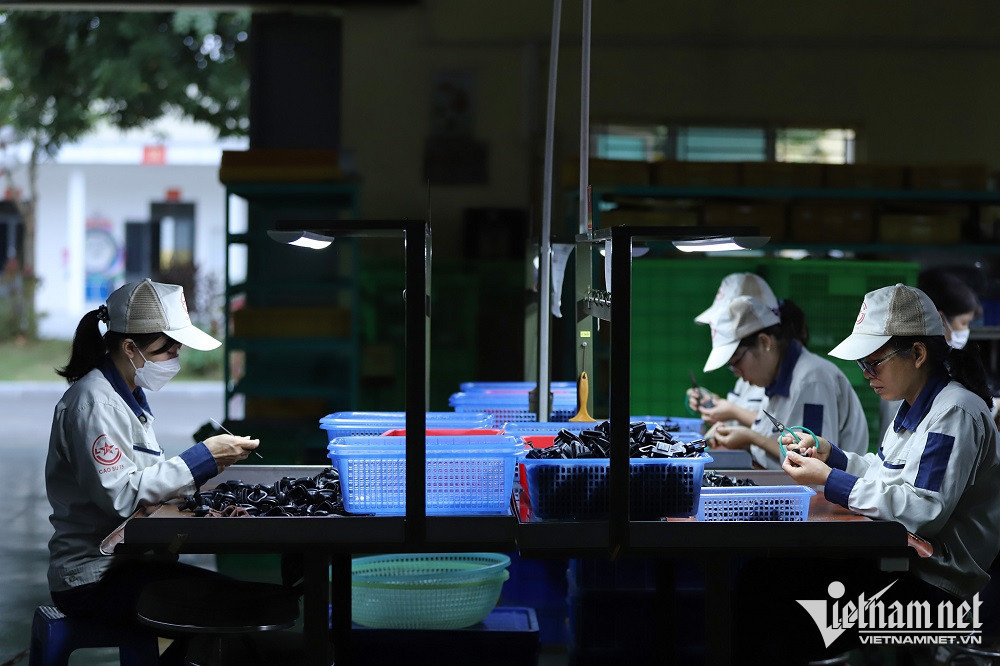
In the first six months of the year, SBV lowered the operating interest rate four times, paving the way for commercial banks to cut lending interest rates.
However, to date, credit growth remains modest. As of June 15, the total outstanding loans to the national economy had reached VND12.32 quadrillion, up 3.36 percent compared with the end of 2022, up 8.94 percent compared with the same period last year.
“SBV wants the credit to grow further. But this must not be obtained by lowering credit standards,” Tu said, stressing that stepping up lending will still be an important task of the banking system.
He said that the liquidity of the banking system is good. All qualified projects and enterprises that need capital have debt payment capability will be provided credit.
SBV earlier this year assigned credit growth limit quotas to commercial banks with total outstanding loans expected to increase by 14-15 percent in 2023.
If the inflation can be controlled and demand increases, the credit growth limit can be lifted. By contrast, if Vietnam needs to take measures to control inflation, the quota will be lowered. In current conditions, the 14-15 percent growth rate limit remains reasonable.
Commercial banks still have credit room as the credit growth rate has been just 3.36 percent so far this year, which shows their strong capability of providing loans. The problem doesn’t lie in the capital supply, but in enterprises’ low capital absorption capability.
Concerning the low credit growth rate, Tu believes there are reasons caused by both businesses and banks, and influences from the world economy.
In current conditions, investment, production, and consumption demands all are on the decrease, resulting in lower credit demand.
Meanwhile, some businesses have demand for capital, but cannot satisfy the requirements to get bank loans, or have problems in legal procedures.
Tu mentioned the conversation with a bank officer. “I came to meet every business to learn about their capital demand. I really wanted to disburse money, or my KPI would be low. However, many enterprises told me that they don’t need to borrow money. Others said they want to give back the money they have just borrowed, because they still don’t have business plans,” the officer told Tu.
Tu Giang